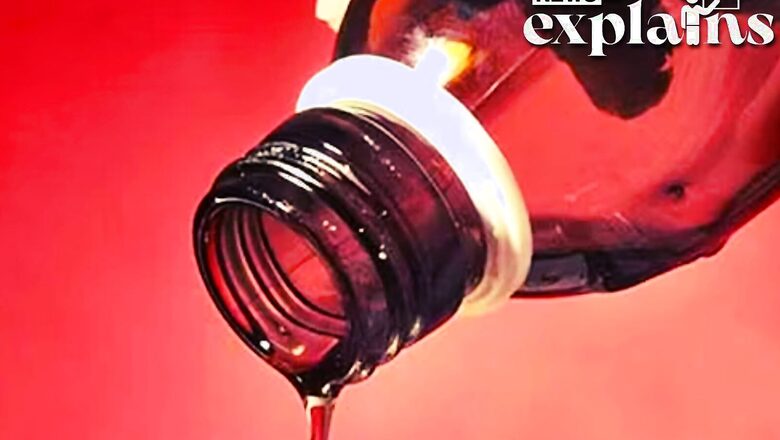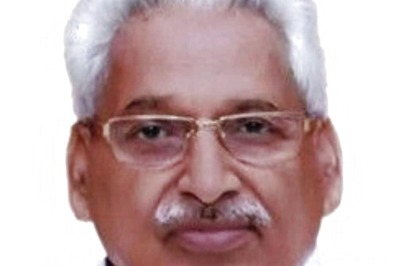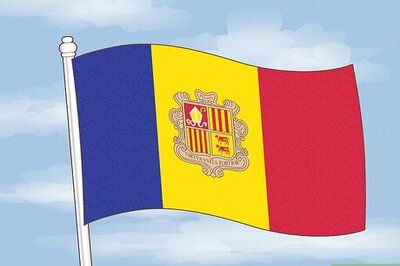
views
The Central Drugs Standard Control Organisation (CDSCO) has initiated a probe in connection with the death of 18 children in Uzbekistan allegedly linked to a cough syrup manufactured by an Indian firm, reports said.
The health ministry of Uzbekistan has claimed that the 18 children had consumed cough syrup, ‘Doc-1 Max’, manufactured by Noida-based Marion Biotech. Hasan Harris, legal representative of Marion Biotech, said the governments of both countries are looking into the matter and inquiring.
What is the Controversy?
The Uzbekistan government has alleged that 18 children have died in the central Asian nation following the consumption of a cough syrup produced by an Indian pharmaceutical firm Marion Biotech.
“To date, 18 out of 21 children with acute respiratory disease have died as a result of taking Doc-1 Max syrup manufactured by the Indian company Marion Biotech Pvt Ltd,” the Uzbekistan Health Ministry said in a statement.
“It was found that the deceased children, before admission to hospital treatment, took this drug at home for 2-7 days 3-4 times a day, 2.5-5 ml, which exceeds the standard dose of the drug for children.”
Why Did the Children Die?
The press statement from the Uzbekistan Health Ministry identifies two factors behind the tragedy — excess doses of the medicine in kids who don’t require the drug and contamination of ethylene glycol — one of the two toxic chemicals found in the Gambian case.
“All children were given the drug without a doctor’s prescription. Since the main component of the drug is paracetamol, Doc-1 Max syrup was incorrectly used by parents as an anti-cold remedy on their own or the recommendation of pharmacy sellers. This was the reason for the deterioration of the condition of patients,” the Uzbek Ministry said.
“Preliminary laboratory studies have shown that this series of Doc-1 Max syrup contains ethylene glycol. This substance is toxic, and about 1-2 ml/kg of a 95% concentrated solution can cause serious changes in the patient’s health, such as vomiting, fainting, convulsions, cardiovascular problems and acute kidney failure,” Uzbekistan authorities said.
The World Health Organisation in October flagged the presence of ethylene glycol and diethylene glycol as toxic contaminants in four cough syrup samples (made by Maiden Pharmaceuticals, Haryana) that are reportedly linked to the deaths of 70 children in The Gambia. But this was not the first time EG and DEG were found in cough syrups made in India, as there have been many similar cases in the past with fatal consequences.
Ethylene glycol, Diethylene glycol
According to the WHO, diethylene glycol and ethylene glycol are toxic to humans and can be fatal if consumed. The toxic effects of the two chemicals were listed in the agency’s alert as pain, vomiting, diarrhoea, inability to pass urine, headache, altered mental state, and acute kidney injury, which could lead to death.
Both diethylene glycol and ethylene glycol are illegal adulterants that can be found in liquid medications as solvents. According to the United States National Center for Biotechnology Information, common solvents such as glycerine (also known as glycerol) and propylene glycol are used in cough syrups to provide a liquid base to non-water-soluble paracetamol or acetaminophen; these solvents also act as preservatives, thickeners, sweeteners, and antimicrobial agents (NCBI).
According to medical experts, manufacturers may sometimes substitute diethylene glycol and ethylene glycol for nontoxic solvents such as glycerine or propylene glycol, or comparatively cheaper commercial grade versions of these solvents, which may contain diethylene glycol and ethylene glycol, potentially resulting in contamination.
“Because of its toxicity, it (diethylene glycol) is not allowed in food or drugs,” Dr. Pawan Kumar, a paediatrician at the Madhukar Rainbow Children’s Hospital, told The Hindu. However, due to its solubility, some drug manufacturers have inappropriately substituted it for nontoxic ingredients like glycerine in pharmaceuticals like cough syrups and acetaminophen. Acute kidney failure is the leading cause of death in poisoning cases, occurring between 8 and 24 hours after exposure to lethal doses of substance. Symptoms progress to multi-organ failure in two to seven days if people do not receive treatment.”
However, contamination and deaths linked to diethylene glycol are not new. Such incidents have previously been reported in India, the United States, Bangladesh, Panama, and Nigeria.
In 2007, the U.S. Food and Drug Administration (FDA) issued a guidance to pharmacy compounders, repackers, and suppliers about a potential public hazard— glycerin(e) contaminated with diethylene glycol (DEG), calling DEG a “poison”. The FDA issued the warning in response to reports of DEG poisoning in consumers who ingested medicinal syrups such as cough syrup or acetaminophen syrup.
Last year, 12 children died in Jammu’s Udhampur district as a result of contaminated cough syrup called Coldbest-PC, which was manufactured by a Himachal Pradesh company. The presence of high levels of diethylene glycol in the cough syrup was also linked to these deaths. The drug was later withdrawn from all other states where it was marketed by the state administration, the report by Hindu stated.
The recent Gambia controversy was India’s fourth case of mass glycol poisoning. A similar incident occurred in 1973 at Chennai’s Children’s Hospital, Egmore, killing 14 children. A similar poisoning at Mumbai’s J.J. Hospital in 1986 killed 14 patients who were otherwise on the mend. Due to similar poisoning, 33 children died in two hospitals in New Delhi in 1998.
Read all the Latest Explainers here




















Comments
0 comment